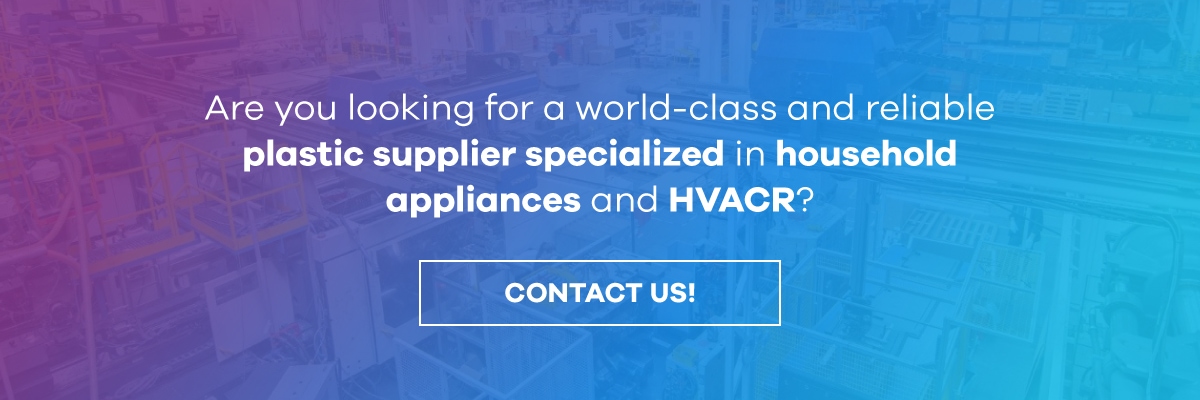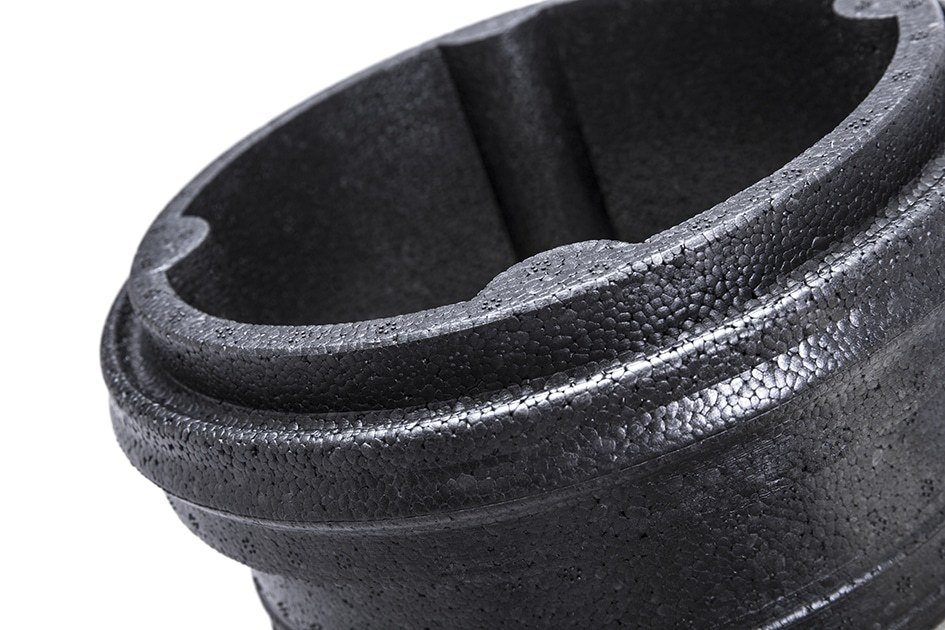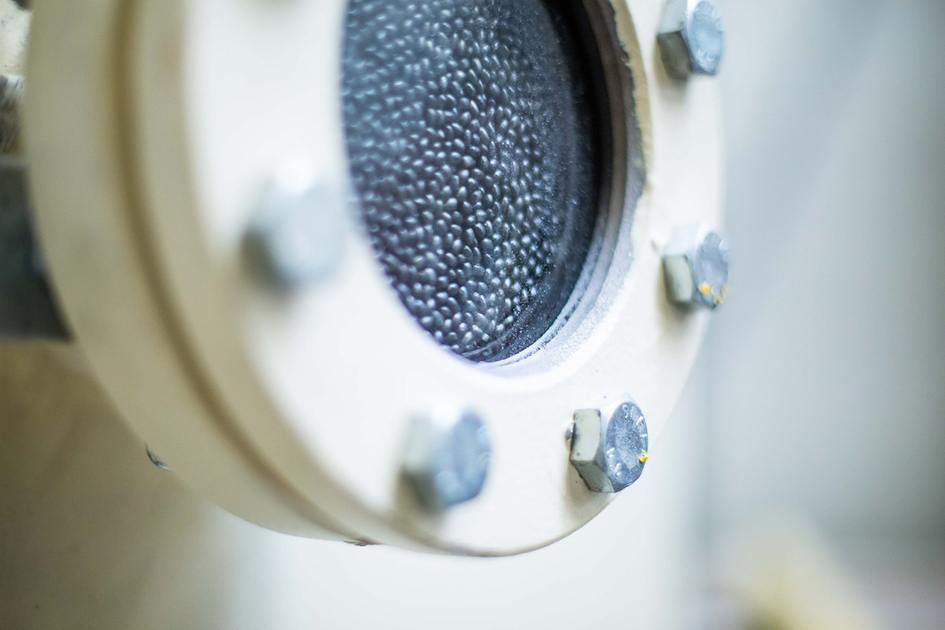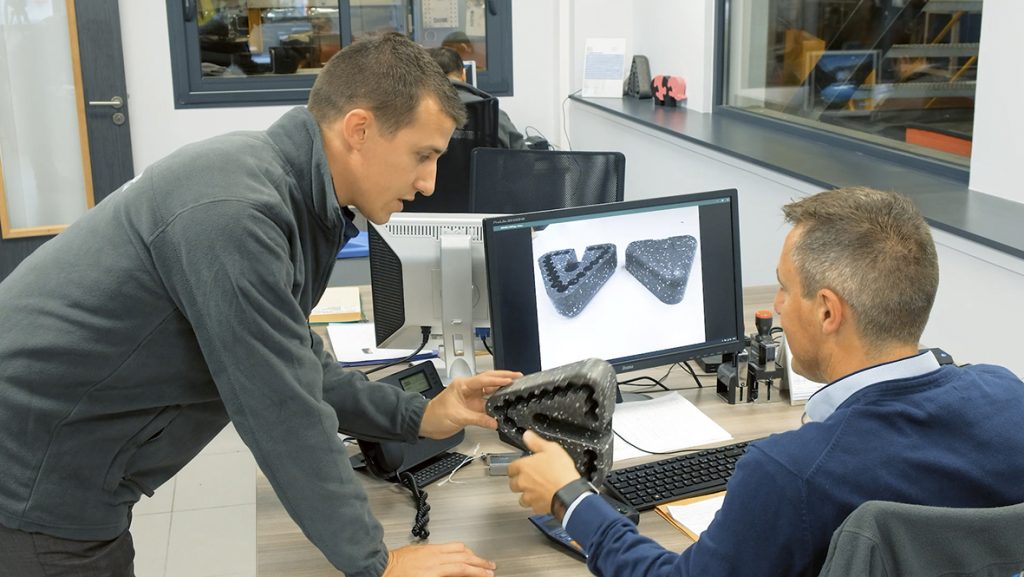As both companies and consumers look for new, eco-friendly alternatives to plastic, sustainability has started to be understood as a complex issue that needs to take many factors into account. EPS recycling stands at the center of this matter.
While EPS is, in fact, a cellular plastic material, its possibilities as sustainable packaging are more and more acknowledged as EPS recycling and reusing potentialities are implemented. This is why we want to elaborate on the reality of EPS packaging as a sustainable alternative.
Expanded polystyrene: why it is a sustainable plastic
Expanded polystyrene (EPS) is a cellular plastic material made of 98% air and 2% of matter that presents outstanding characteristics as a packaging material (thermal insulator, excellent compressive strength and shock-absorption, inert, extremely lightweight…).
Apart from EPS packaging, this material is also widely used in:
- Construction
- Food and pharmaceutical industries
- Household appliances
- Industrial parts, such as those needed in the automotive industry.
With new sustainability and environmental values permeating both the public and governmental legislation, the use of plastic materials derived from oil has been increasingly controversial. In this context, polystyrene, a material that is slow to biodegrade, has earned a poor reputation.
However, EPS presents a number of advantages that must be taken into account and which can turn this material into a sustainable alternative:
The EPS manufacturing process presents a small carbon footprint compared to other materials. Steam is used as a source of energy and there’s little consumption of water, which is also recycled.
At the same time, during the manufacturing process, little waste is generated as every unused item can be incorporated back into the process. The fact that this material uses just 2% of polystyrene (98% of EPS is air) also minimizes the carbon footprint and the use of materials.
As opposed to other plastic materials, EPS recycling is easy when the right programs are put into action. In fact, only 0.1% of municipal solid waste is expanded polystyrene.
The set up of EPS recycling plants across the globe is driving the recycling of EPS to new records. This material is thus put into new EPS packaging but it can include many other uses, from the production of new plastics to construction or manufacturing.
EPS allows for the generation of optimized and personalized packaging, reducing the use of materials to a minimum and, thus, also minimizing the environmental impact.
You might also be interested in: Protective packaging materials, challenges and trends
Recycled polystyrene: Where is EPS waste deposited?
EPS recycling can take place several times, and the product doesn’t present any deterioration during the process.
In order to do this, there are different options for collection points. On the one hand, end-users can resort to other plastic collection points in containers. On the other hand, some EPS production facilities are in charge of installing collection points for EPS recycling.
After the process takes place, there are multiple possible ends for recycled EPS, which can be incorporated into:
- New EPS packaging, including EPS pallets
- EPS construction panels, ideal for thermal insulation in buildings
- Other manufactured products such as picture frames, coat hangers, clothes…
EPS recycling: the process
- First of all, EPS needs to be separated from other materials, as it will be processed alone. It can only be collected with PS because they are made from the same molecules.
- EPS is then transported to specific processing plants.
- Systems such as EPS compressing machines allow companies to optimize space, reducing the EPS pieces’ volume.
- At the same time, EPS densifiers allow for the processing and recycling of EPS waste. In order to do so, they crush EPS into tiny pieces and then melt them. The goal is to reduce the pieces’ volume and generate EPS bricks that are easily transported to new facilities, where they can be incorporated into new products.
You might also be interested in: Types of foam packaging for appliances
Knauf Industries’ commitment to the circular economy
There are at least three important actions through which Knauf Industries has committed to EPS recycling, in order to guarantee this material’s increased sustainability:
- First of all, we’re part of the LIFE EPS-SURE project, which facilitates the transformation of EPS packaging, all across the food industry in particular and which from 2017 is supported by the European Commission.
- Secondly, we’ve wanted to push EPS sustainability further by developing NEOPS®. Through our ID Lab, we’ve created an even more environmentally-friendly option by offering this material, which presents the same performance as EPS but doesn’t contain fossil-fuel derivatives. Following the REDcert biomass principles, the manufacturing of NEOPS® reduces CO2 emissions by 30% compared to EPS.
- Finally, we’ve devised the Knauf Circular® system in order to guarantee that EPS waste is given a new life. Through this program, we coordinate all parts of the EPS chain (wholesalers, construction contractors, industrial firms, supermarkets and DIY superstores and recycling centers) in order to promote sustainable management of EPS and recycle this material’s waste into new products.
Are you looking for sustainable packaging solutions? At Knauf Appliances we aim to help companies move forward in their search for safe, optimized, and sustainable packaging systems. Get in touch with us and let’s talk about the best potential solutions for your company’s needs.





